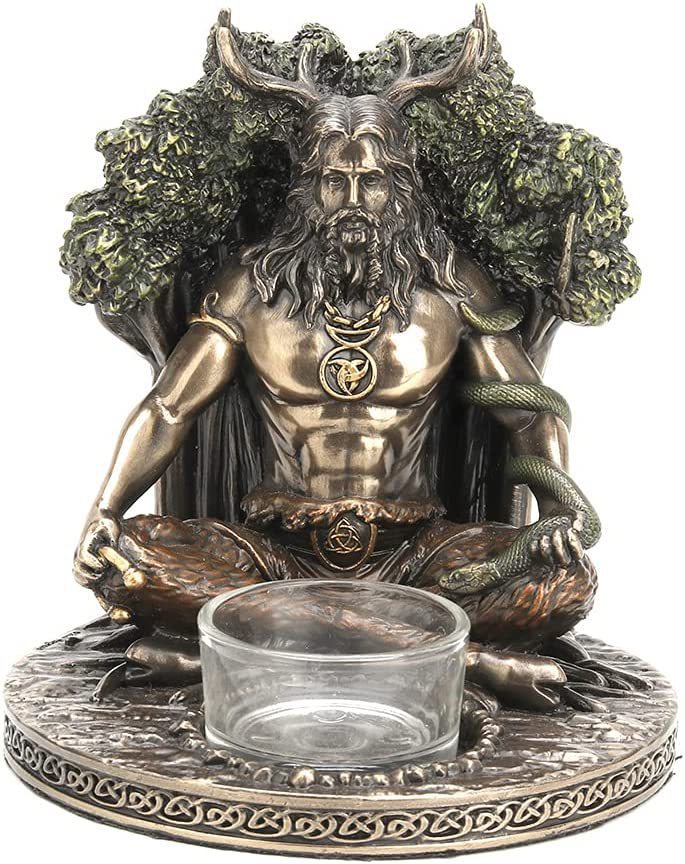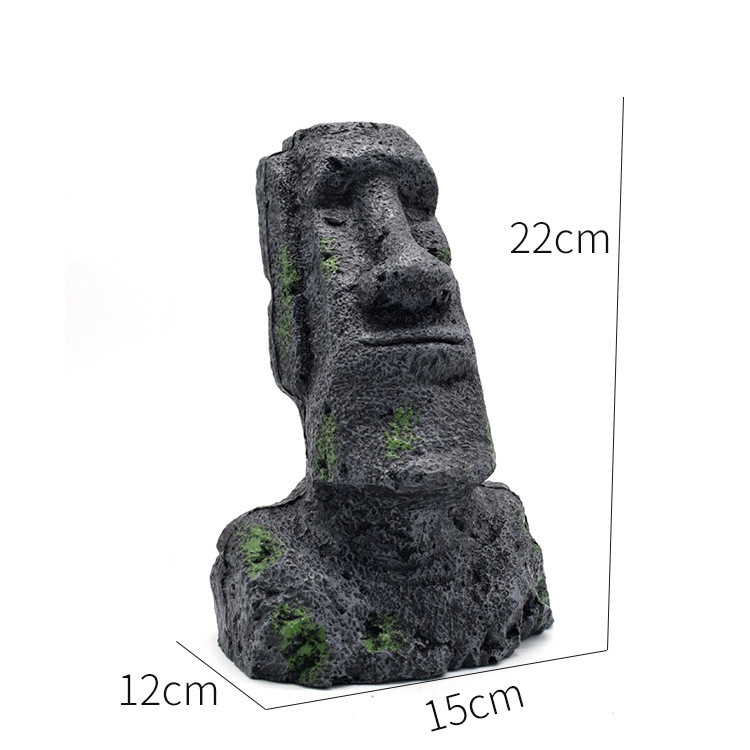Celtic mythology refers to the collection of myths, legends, and folklore that originated from the ancient Celtic cultures. These mythological beliefs and stories were passed down through generations orally before being recorded in written form.
Celtic mythology encompasses a rich and diverse range of characters, deities, and supernatural beings. The myths often revolve around themes of nature, the cycle of life and death, heroic deeds, and the interactions between humans and the divine.
Some of the prominent figures in Celtic mythology include:
1. The Tuatha Dé Danann: This is a mythical race of gods and goddesses who were believed to have ruled over Ireland before the arrival of humans. They possess great magical powers and are associated with various aspects of nature.
2. Cernunnos: Cernunnos is a Celtic god often depicted with antlers or stag horns. He is associated with fertility, nature, and the wilderness. Cernunnos is often seen as a symbol of the untamed and wild aspects of the natural world.
3. Morrigan: The Morrigan is a complex Celtic goddess associated with battle, sovereignty, and fate. She is often portrayed as a triple goddess, taking on the forms of a maiden, a mother, and a crone. The Morrigan is associated with war, prophecy, and shaping the destiny of heroes.
4. Lugh: Lugh is a Celtic deity associated with skill, craftsmanship, and the arts. He is often depicted as a warrior and is associated with the sun. Lugh is considered a master of many talents and is revered as a god of creativity and wisdom.
5. Brigid: Brigid is a Celtic goddess associated with healing, fertility, and inspiration. She is also associated with fire and is revered as a patroness of poetry, smithcraft, and the hearth. Brigid is celebrated in the festival of Imbolc, marking the arrival of spring.
These are just a few examples of the diverse and intricate mythological figures found in Celtic mythology. Each figure holds unique symbolism and significance within the Celtic belief system, reflecting the ancient Celtic people's reverence for nature, spirituality, and the cycles of life.
Celtic Mythological Figures refer to the various characters, deities, and supernatural beings found in the mythology and folklore of the ancient Celtic cultures. These figures are integral to Celtic mythology, which encompasses a wide range of stories, legends, and beliefs that were passed down through generations.
Celtic Mythological Figures are often depicted as gods, goddesses, heroes, and creatures, each with their own unique attributes, powers, and stories. They play significant roles in shaping the Celtic worldview and understanding of the world around them.
Some well-known Celtic Mythological Figures include:
1. Dagda: The Dagda is a powerful god associated with fertility, abundance, and wisdom. He is often depicted as a fatherly figure and is known for his magical cauldron that never runs empty.
2. Danu: Danu is a Celtic mother goddess associated with rivers, water, and abundance. She is considered the divine mother of the Tuatha Dé Danann, a mythical race of gods and goddesses in Irish mythology.
3. Cú Chulainn: Cú Chulainn is a legendary hero in Irish mythology known for his exceptional strength and warrior skills. He is often portrayed as a young warrior with incredible feats and a tragic destiny.
4. Banshee: The Banshee is a female spirit in Celtic folklore associated with death and the supernatural. She is believed to appear as a harbinger of death, wailing or shrieking to foretell someone's imminent demise.
5. Selkie: Selkies are mythical creatures found in Scottish and Irish folklore. They are said to be seals in the water but can transform into humans on land. Stories often revolve around their enchanting singing voices and tales of love and loss.
These are just a few examples of the Celtic Mythological Figures that populate the rich tapestry of Celtic mythology. They reflect the Celtic people's connection to nature, their beliefs in the supernatural, and their deep-rooted spirituality. The stories and legends surrounding these figures continue to captivate and inspire people today, preserving the legacy of Celtic mythology.






Post a Comment